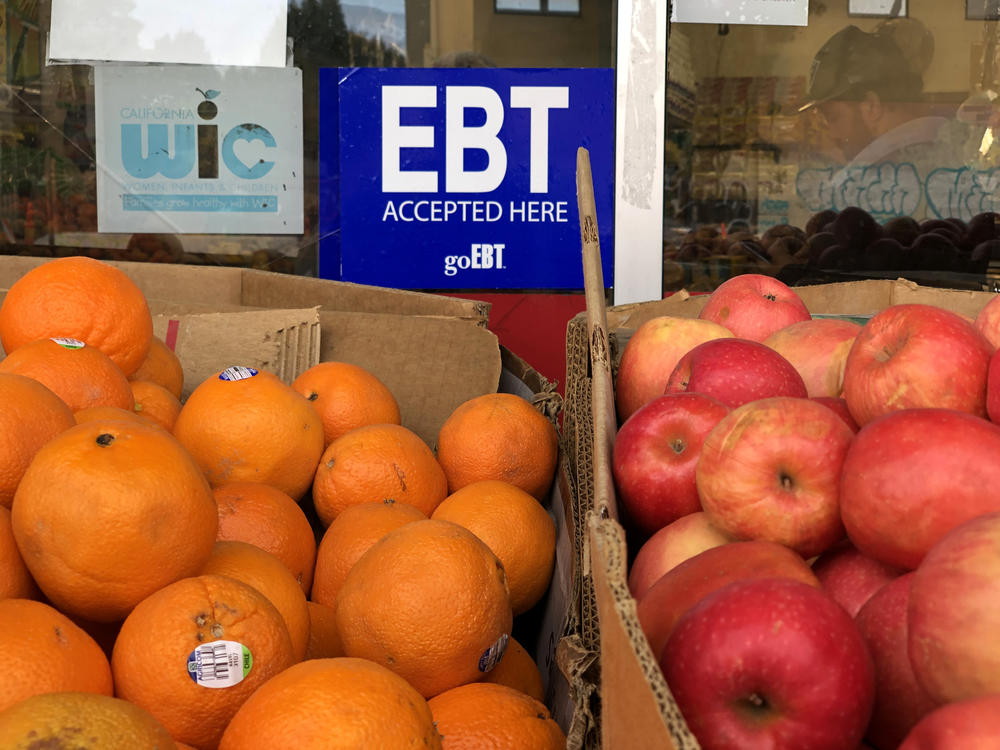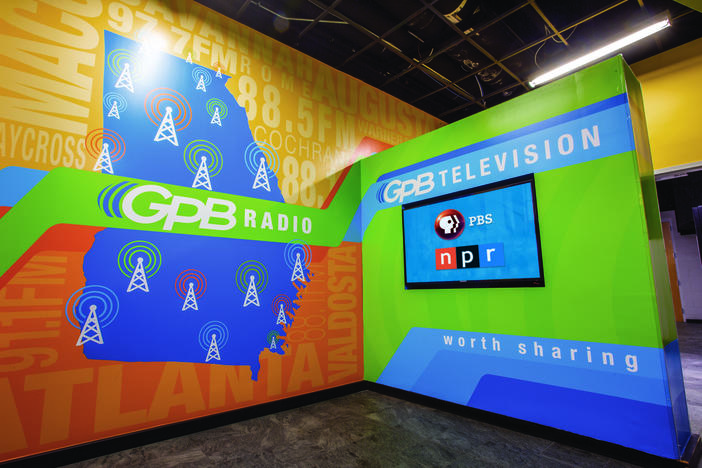Section Branding
Header Content
SNAP recipients will lose their pandemic boost and may face other reductions by March
Primary Content
SNAP recipients nationwide will stop getting pandemic-era boosts after this month's payments, the Food and Nutrition Service announced.
The emergency allotments provided an additional $95 or the maximum amount for their household size — whichever was greater.
"SNAP emergency allotments were a temporary strategy authorized by Congress to help low-income individuals and families deal with the hardships of the COVID-19 pandemic," the announcement explained. They're ending now because of Congressional action.
Thirty-two states plus D.C., Guam and the U.S. Virgin Islands are still providing the boost; there, benefits will return to pre-pandemic levels in March. In South Carolina, benefits return to normal this month. Emergency allotments had already ended everywhere else.
Nearly half of the households that use SNAP also receive Social Security, and Social Security is the most common source of income for SNAP households. Most of those households should expect to see further reductions in their SNAP benefits by March.
That's because of a dramatic cost of living increase in Social Security, which went into effect last month. Some Social Security households may lose their SNAP eligibility altogether.
"When Social Security or any household income goes up, SNAP benefits may go down," the announcement said. "However, the households will still experience a net gain, as the decrease in SNAP benefits is less than the increase in Social Security benefits."
SNAP benefits also saw a cost of living increase in October of last year.
Most of the 42 million SNAP beneficiaries are members of a working family, a person with a severe disability or a senior citizen on fixed income, and about one in five are nondisabled adults without children, Secretary of Agriculture Tom Vilsack told NPR in 2021.
Copyright 2023 NPR. To see more, visit https://www.npr.org.

